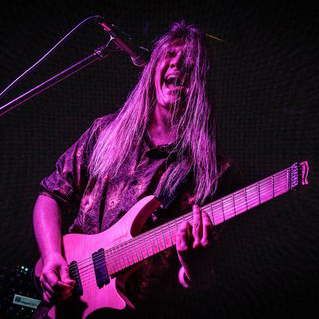“I try to mimic robots playing guitar. It’s supposed to sound like a machine”: Introducing thall – the metal genre that’s djent’s colder, more evil younger brother
Popularised by bands like Vildhjarta and Humanity’s Last Breath, thall is starting to infect mainstream metal sound. In this guide we detail the origins, techniques, and gear driving the movement
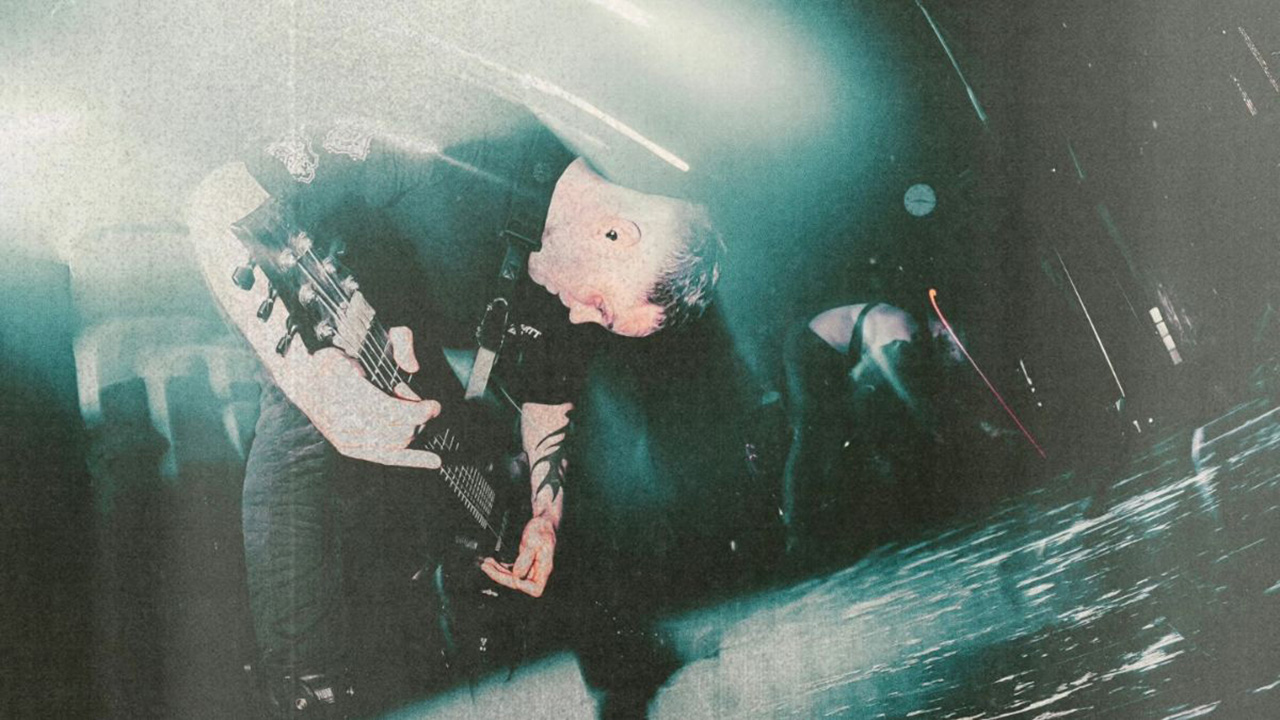
Thall is one of metal’s newest, darkest and most inventive movements. From Sleep Token and Spiritbox to Animals As Leaders – check out Red Miso for a savage centerpiece – the sound is now spreading into mainstream metal.
It’s full of weird tunings, robotic techniques and a dichotomy between crushing distortions and frosted clean tones. But what are the mechanics at the heart of this fast-rising sound?
What is thall?
Vildhjarta guitarist Calle Thomér describes thall as “djent’s colder younger brother.” Both movements grew out of a love for Meshuggah, with thall emphasizing evil atmospherics and a wider, more nuanced sonic spectrum.
There are two core components to the sound: melancholic cleans and winding, seemingly random riffs that meld together neck-breaking chugs with swarms of intricate hooks and banshee-esque noises.
Like djent, it builds on easy-to-follow 4/4 drum beats – typically at spacious slower tempos – with riffs placed over the top that are anything but. They’re overloaded with quick-fire motifs and bursts of melody that will repeat in different ways, broken up by laser-tight syncopation for an angular but memorable aural assault.
Origins of thall
Alongside Meshuggah’s influence, Korn’s penchant for high-low riffs is a core impactor, with both sounds mutated into Vildhjarta’s debut album, Måsstaden.
Founding guitarist Daniel Bergström and 15-year veteran Thomér wanted to oppose djent’s poppier elements by crafting a more nightmarish world while playing discordant high notes against low-tuned aggression.
Get The Pick Newsletter
All the latest guitar news, interviews, lessons, reviews, deals and more, direct to your inbox!
Importantly, they retained the spasmodic grooves and chugging violence of djent as core ingredients, which is why the two movements will forever be intertwined.
Who are the biggest thall bands?
Vildhjarta are thall’s forefathers, and still its biggest band. They take the machine-like riffs of Meshuggah but add greater intricacies into their grooves. There’s also an extra coldness via ambient clean guitars that sound like cutting winds in a graveyard – a quirk most thall bands draw from. Those elements have continued to evolve with their later releases.
Humanity’s Last Breath (HLB), the brainchild of Buster Odeholm, blends thall’s slow-motion violence with deathcore’s viscerality. With an emphasis on polyrhythms, gut-wrenchingly low guitars, and acres of space for their heavy emotions to weigh the listener down, they deliver brutal walls of sound on every song.
Nebraska’s Catsclaw are making waves with frenetic, almost-hardcore energy icing their thall contructions. Finland’s Indistinct and Wisconsin guitarist Olympus Lenticular offer accessible takes on the sound, while Mirar lurks on thall’s darkest, most extreme fringes.
Creepy Cleans
There’s an element of horror tropes to thall; when creepy cleans chime in, you know something far more gruesome is just around the corner.
Thomér says these riffs, typically arriving with other instrumentation, create a spacious but threatening ambiance that accounts for “more than 50% of the sound. The parts are minimal; it's letting the delay do the work rather than picking lots of notes.”
In terms of tones, he adds that you “just need a clean signal with a little reverb and delay. It's more in the actual notes and how it's played than the gear. And just go straight for feel, rather than melody.” Although, stealing a trick from Tesseract, removing the cab sim when using plugins or modelers can make those clean tones even more chilling.
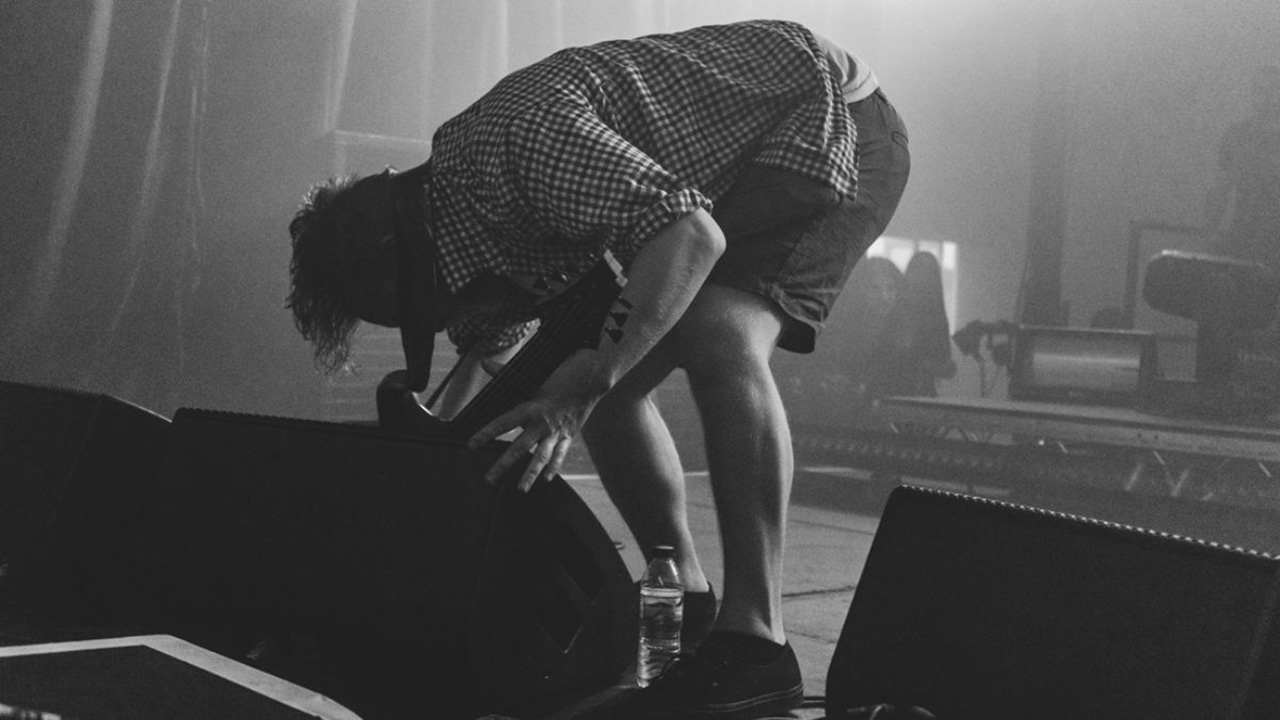
Thall riffs
After cleans have set the mood, it’s time to get heavy. Importantly, those cold cleans typically continue underneath the riffs – another reason to focus on minimalism and feel.
Thomér explains: “What I do is put down a 4/4 drumbeat and riff until I can hear a cool hook, and start progressing with that idea. I always think my riffs suck in the beginning, so I have to keep on polishing them – that’s how I end up with tonnes of intricacies.”
All that space combined with modern production, and the intricacies of the riffs, are what makes it so heavy
Nik Nocturnal
Writing thall riffs is a meticulous process that taps into the benefits of bedroom recording over jamming in a room with other musicians. It’s less about nailing full takes as it is piecing motifs and disgusting noises together – pick scrapes, whammy pedal squeals and harmonics.
As Thomér says, “It’s like building a puzzle more than writing a riff. You can’t really write this kind of music in the studio. You have to do it at home. I can’t remember the last time I recorded a take that was longer than two or three bars.”
Low and slow
With thall bands usually down-tuning to disgusting depths, Youtuber and guitarist Nik Nocturnal feels slowing pace is a necessity.
“The lower the tuning, the more groove is involved – the faster you play, the muddier it gets,” he says. “So everything should be more spacious. And all that space combined with modern production elements, and the intricacies of the riffs, are what makes it so heavy.”
That cavernous space, he adds, allows for the drums to be extra weird, playing against the riffs.
“Vildhjarta’s drums kind of go against the groove – it’s wild. That realm is very technical, but it has this extra level of heaviness because of how things are rhythmically accented with the guitars. It sounds futuristic.”
Robotic tightness
Like in djent, Thomér stresses that “tightness is extremely important.” He continues: “I do so many retakes when tracking it’s ridiculous. I double-track my guitars with the same tone left and right. I want it to be so tight it sounds like mono.”
That quest for tightness is also why you won’t see Thomér using vibrato. He believes that stripping what is a very personable technique from his music helps glaze his riffs with an extra coldness. “I try to mimic robots playing guitar,” he says. “it’s supposed to sound like a machine.”
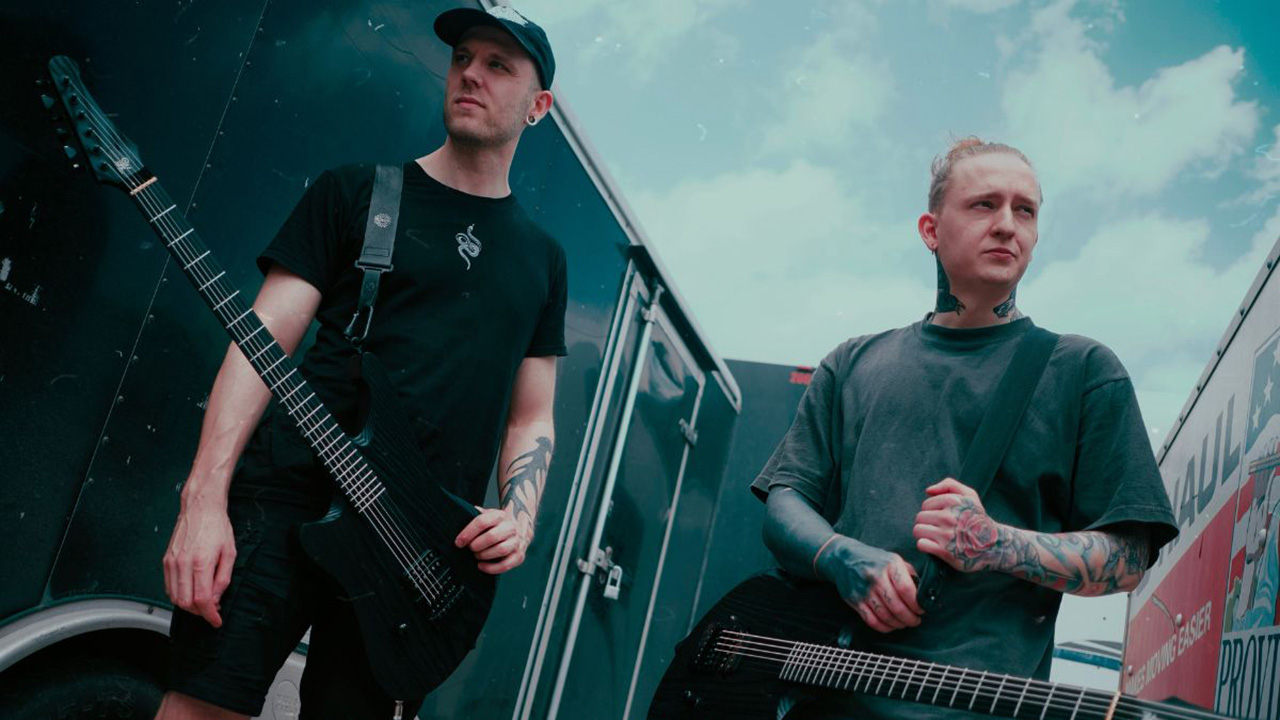
High notes
“Going from really low notes to really high notes is like a breath of fresh air,” Thomér believes, emphasizing his band’s desire to use “the full spectrum of notes.” These higher parts are typically played across two strings, with the notes a semitone apart.
HLB tune those strings a semitone apart to make fretting the diads easier. They’re essential to the coldness of thall – see Mirar's Dégenèse for a seismic example of those opposites in action.
Extending the fretboard
Thomér says he “thinks horizontally instead of vertically, so 90% of the time I’m using the two thickest strings. I like the timbre of them, especially high up on the neck. When you pick the 24th fret on the lowest string and bend it, that can be a really satisfying sound.”
That’s led to Thomér collaborating with Arizona’s EIR guitars on a custom 28” baritone six-string with 27 frets. For Thomér, “those extra three frets changed how I write music. I utilize them in almost every riff I write.”
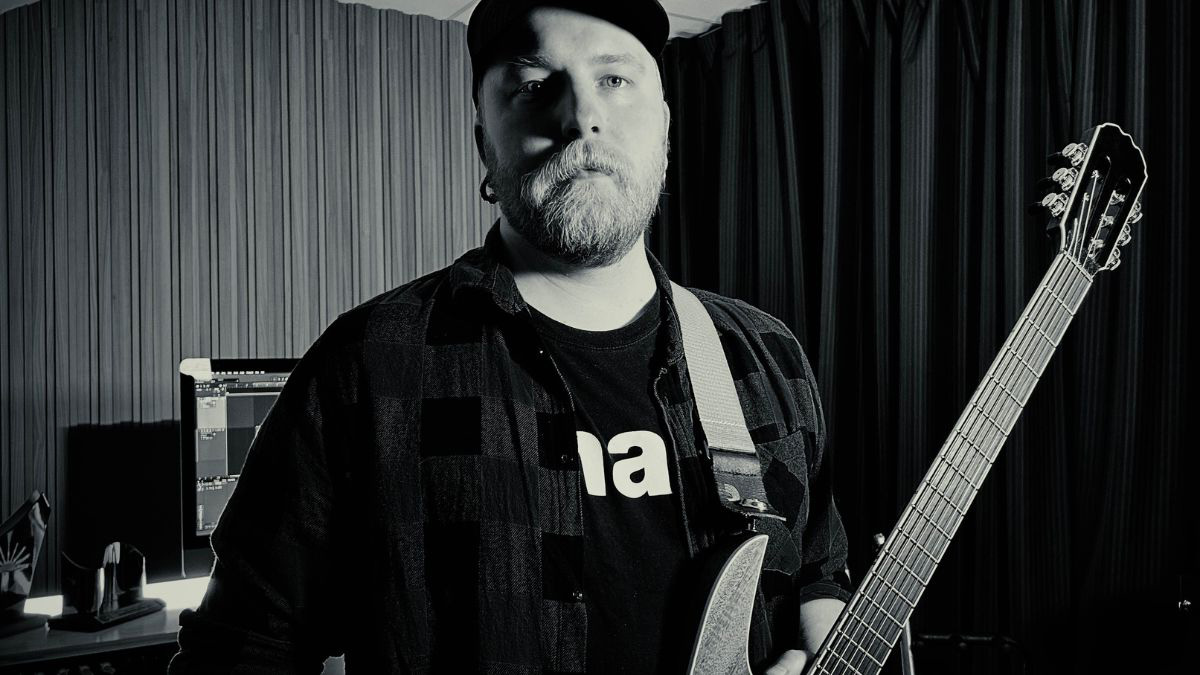
An extension of the horizontal outlook sees him thoroughly abusing the pitch-shifting abilities of his DigiTech Whammy DT. It opens up more of the fretboard, avoiding the need to play a higher note on a thinner string, and extending the lower range of the guitar.
The feature may only be used for one or two notes at a time, so MIDI automation is a key assistant here.
Tunings
Having used seven and eight strings previously, Vildhjarta have been utilizing baritones more recently, as “they're easier to play” and are typically tuned to E1-C2-F2-A#2-D#2-G#3 – a standard tuning, save the lowest string dropping one-and-a-half tones.
HLB’s main tuning – E1-B1-E2-A2-Ab3-A3 – is a take on another standard, albeit an octave lower. The thickest two strings provide drop-tuned fretting, while the higher strings are all about ease of dissonance. Everything in between is tuned a standard fifth, apart from the next string, so it’s not a world away from familiar tunings.
Odenholm is left-handed but plays a right-handed guitar strung upside down, so the thickest strings are at the bottom. His downstrokes therefore equate to upstrokes for most players, so when he rakes chords the last note to sound is the dominant.
Tones
Vildhjarata remains loyal to Line 6's Pod XT modeler and its Big Bottom amp mode, which was the sound of their favorite Meshuggah record, Catch 33. Their guitars naturally offer a lot of low-end and high mids, so they seek to EQ out some of the harsher scratchy sounds. They’ll use a boost pedal to push the mids further accentuating the clickiness of the tone.
Expensive gear isn’t crucial… Thall is a sonic mindset
Their gain usually just sneaks past the halfway point, with the bass rolled off, the mids and trebles cranked, and presence at midrange. A compressor is typically set to offer a slow attack and fast release.
Odenholm also has several presets on Neural DSP’s Fortin Nameless Suite plugin, which are paired with PODs on HLB records.
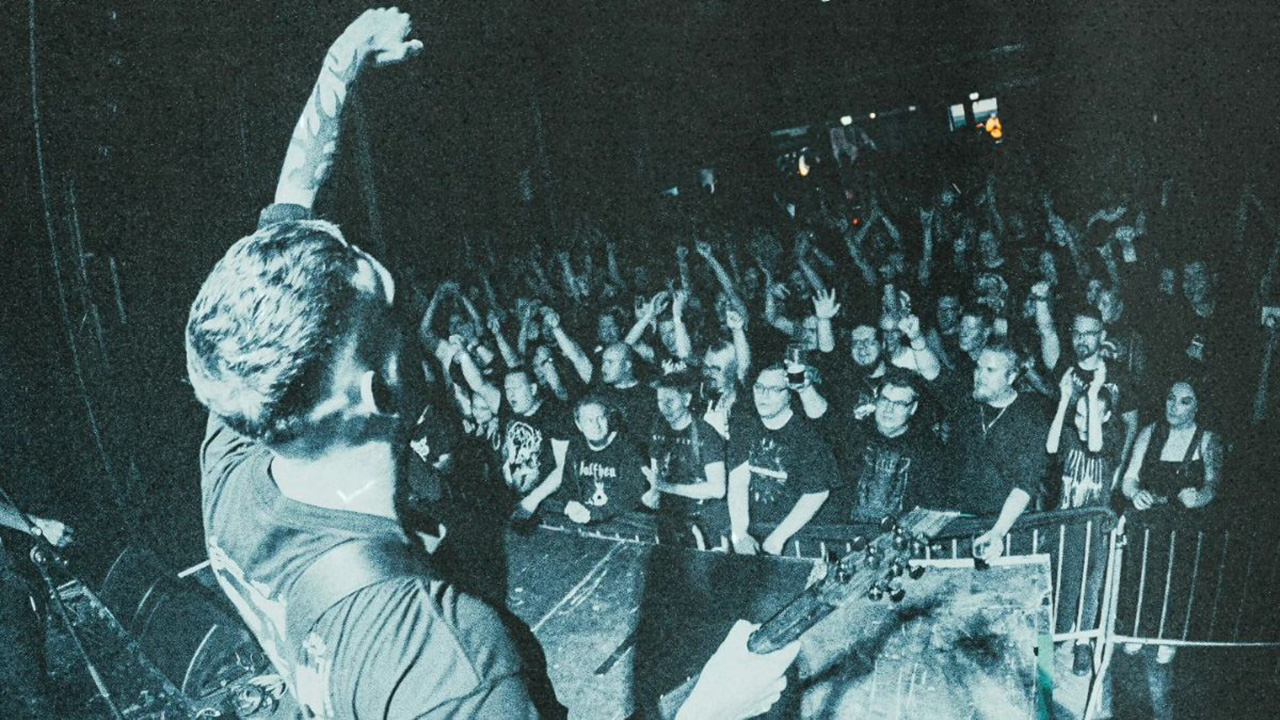
Pickups
Lundgren pickups – popularized by Meshuggah’s Fredrik Thordendal – may be too sterile for some, but for they’re perfect for thall. That’s why you’ll see Thomér’s beastly baritone, Odeholm’s Hapas Judge 628 HLB ET and Bergström’s Ibanez Prestige RG1077XL loaded with M6s and M7s respectively.
As with djent, though, expensive gear isn’t crucial. Thall is a sonic mindset where skin-tingling cleans and growling but hook-filled riffs reign supreme. By embodying the chilling spirit of the movement, players can make even a child’s guitar thall hard as hell.
A freelance writer with a penchant for music that gets weird, Phil is a regular contributor to Prog, Guitar World, and Total Guitar magazines and is especially keen on shining a light on unknown artists. Outside of the journalism realm, you can find him writing angular riffs in progressive metal band, Prognosis, in which he slings an 8-string Strandberg Boden Original, churning that low string through a variety of tunings. He's also a published author and is currently penning his debut novel which chucks fantasy, mythology and humanity into a great big melting pot.
"Upgrading from your entry-level acoustic opens the door to an entirely new world of tonewoods, body shapes, and brands": 6 signs it's time to upgrade from your first acoustic guitar
"I'm past my prime": 5 common excuses for not learning the guitar – and 5 body and mind-boosting reasons you should



